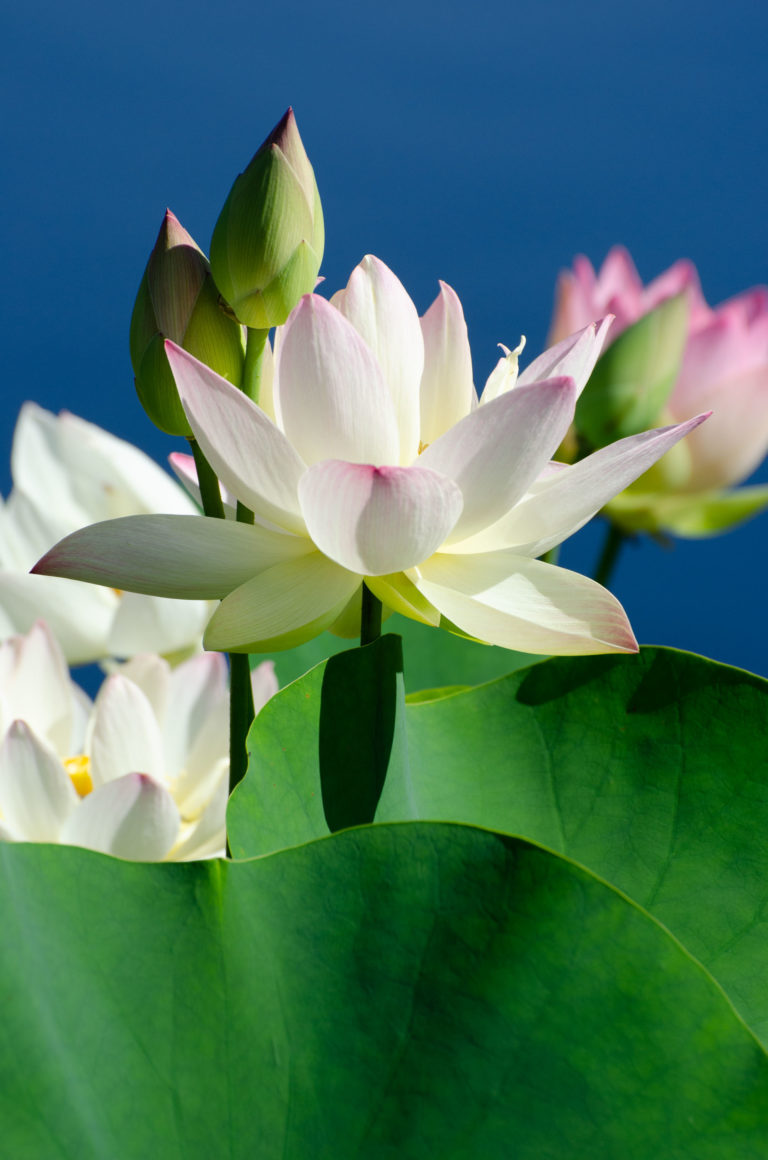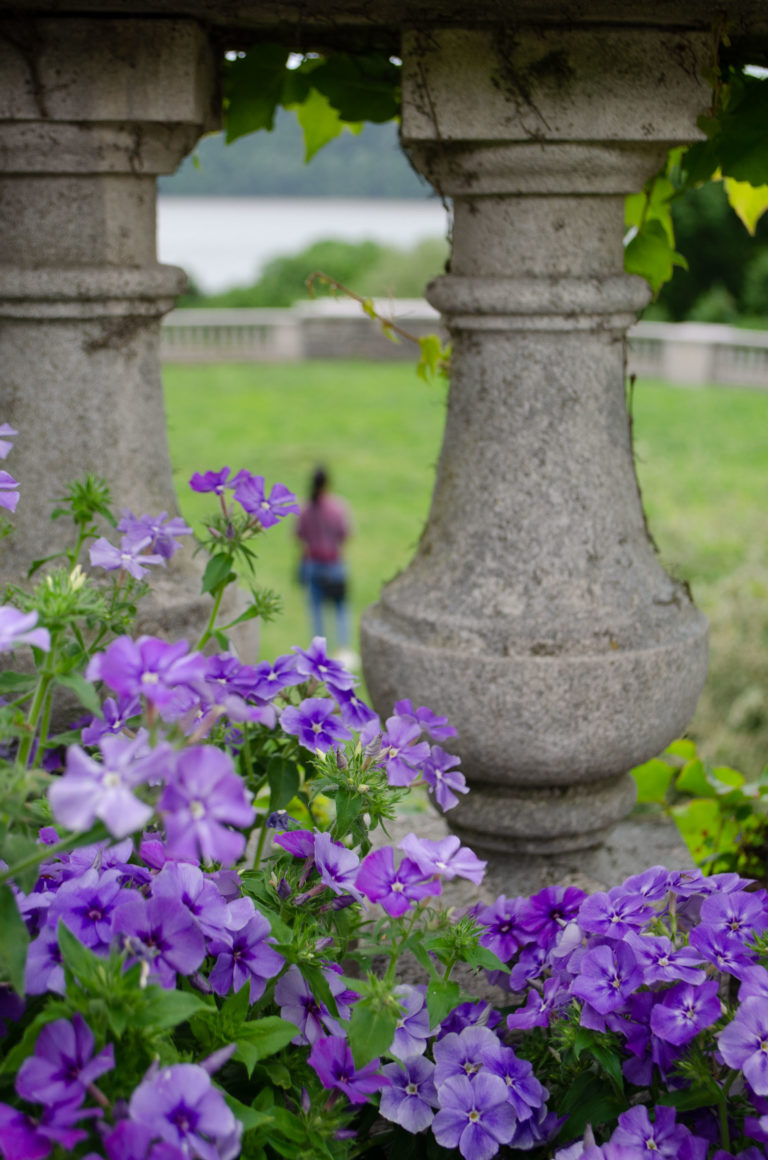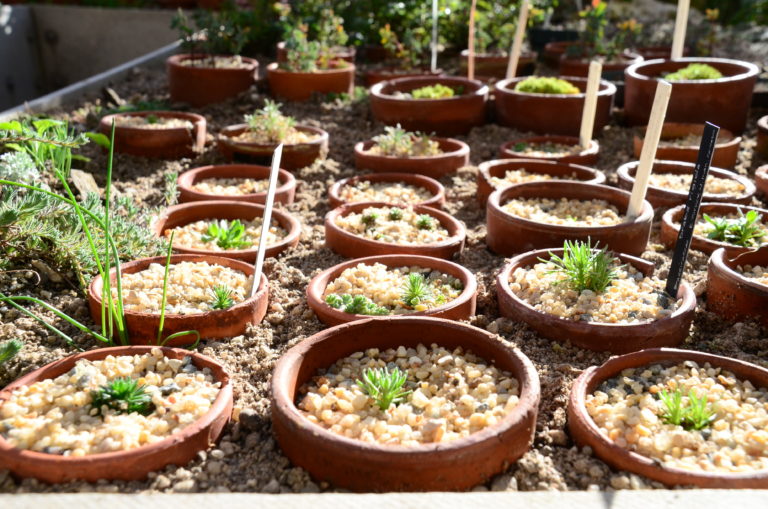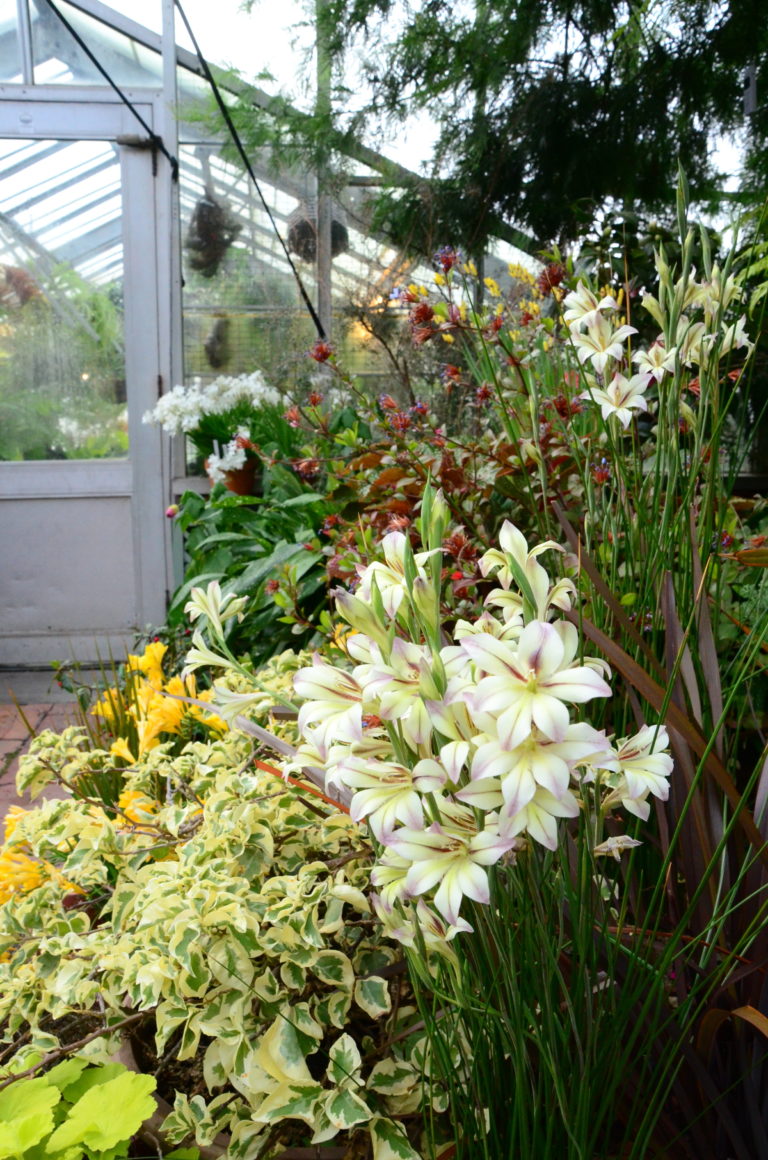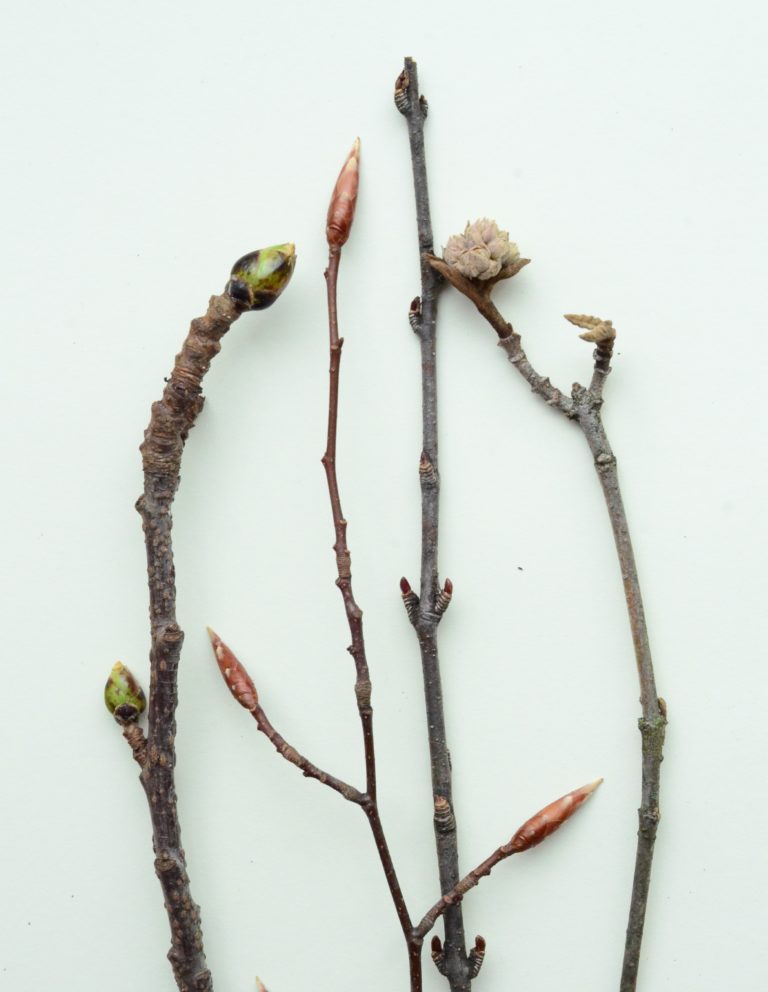
Budding Beauty
February 24, 2023There is much to admire when it comes to the anatomy of a woody plant bud. Rather poetically, within each bud lies the hidden potential for next season’s leaves and flowers. Some are protected by scaled armor. Some are indistinguishable from the twig they grow from. Some are naked!
In this love letter to buds, I focus on the woody trees and shrubs growing in Wave Hill’s Shade Border. This part of the garden is packed full of native and Asiatic plants, complementing one another in a series of four, long and narrow beds and a large, lower bed close to Wave Hill House. Additionally, specimen trees dot the surrounding lawn. Surprisingly, the Shade Border is one of the newest garden areas at Wave Hill, created a couple of decades ago when there were towering beech and oak trees to shade out the area.
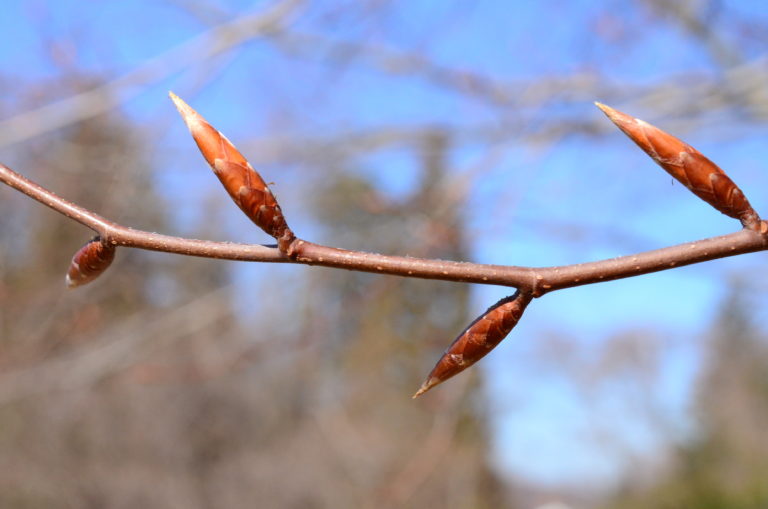
Some buds are so large that you can see them from a distance. Upon the twigs of Fagus grandifolia (American beech) glint golden, jewel-like, large buds. Their narrow silhouette tapers to a delicate point, so they avoid looking rotund. Papery in appearance, the scaled armor protecting dormant leaves is so thin that with a fingernail some may be tempted to scrape back to reveal the bud's delicate insides.
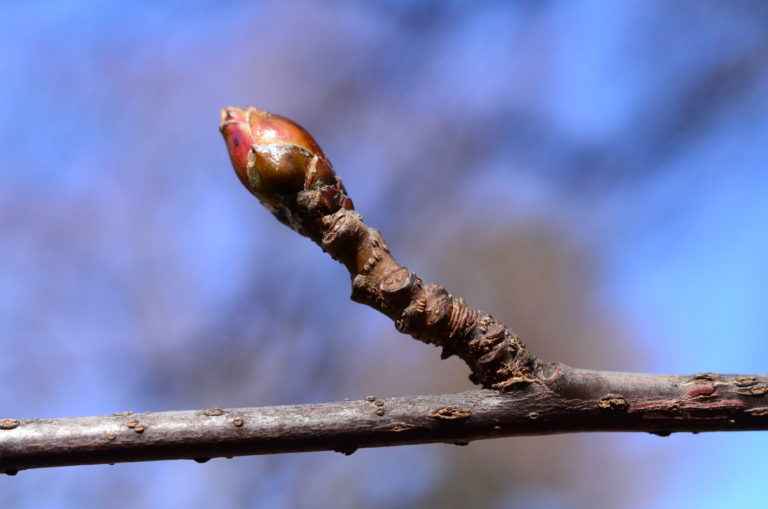
Find even larger buds on Liquidambar styraciflua (American sweetgum) but less noticeable from a distance; these buds blend in amongst the twigs. Liquidambar styraciflua has some of the most gnarly twigs. Plump, large buds are held atop the twigs. Twigs are covered in bumpy lenticels and some showcase many years of dense growth and leaf scars (pictured above).
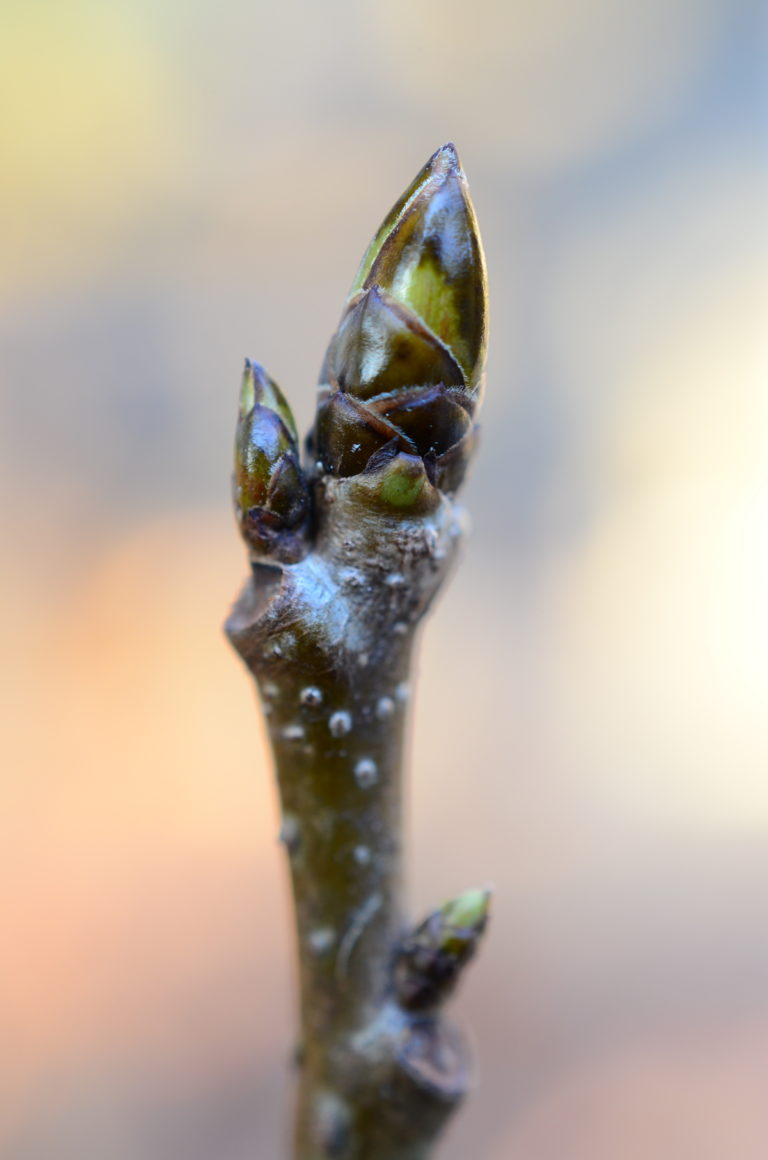
This article, however, is not a lesson on plant identification—we'd need more words and more time for that. Bud placement, however, is one of the first things to look at while “keying out”—identifying using keys—a woody bud. Placement is split into two large groups: opposite (across from one another) and alternate. Well, there is also sub-opposite which describes Cercidiphyllum japonicum (katsura).
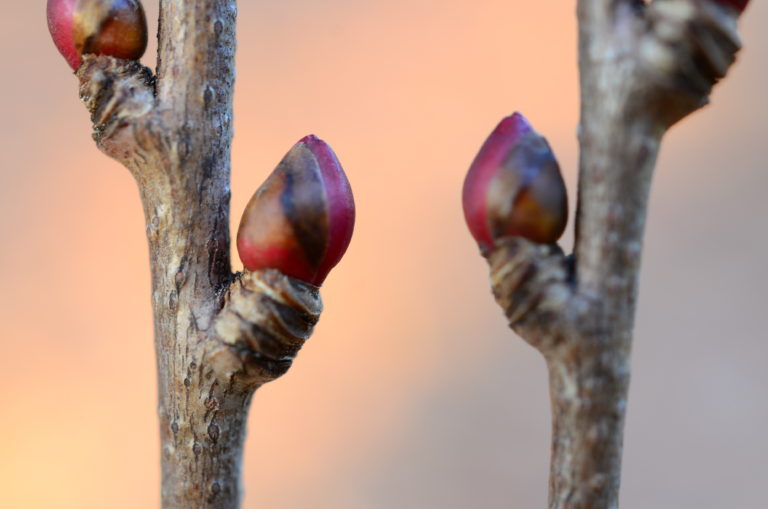
Cercidiphyllum japonicum (katsura) buds of feathery, brushed, brown and pink colors rest atop short spurs. Short spurs are dense side shoots from a branch, they are typical on fruit trees. On Cercidiphyllum japonicum bud placement varies up and down the twigs and amongst specimens, opposite and sub-opposite, providing an important lesson in checking multiple branches.
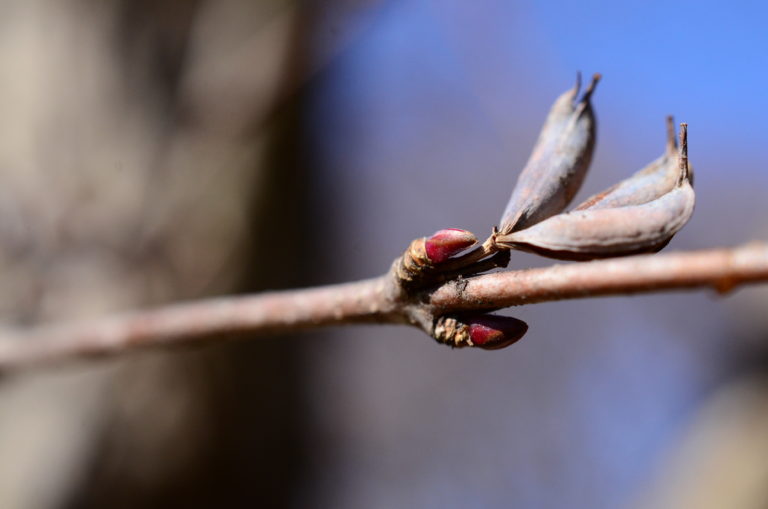
Many buds protect their delicate contents with scaled armor. Some scales are overlapping, or imbricate, such as on Fagus grandifolia and Liquidambar styraciflua. Some have scales that are valvate, meaning that they do not overlap, as on Cercidiphyllum japonicum. Viburnums don’t bother with protection like this; their buds are naked!
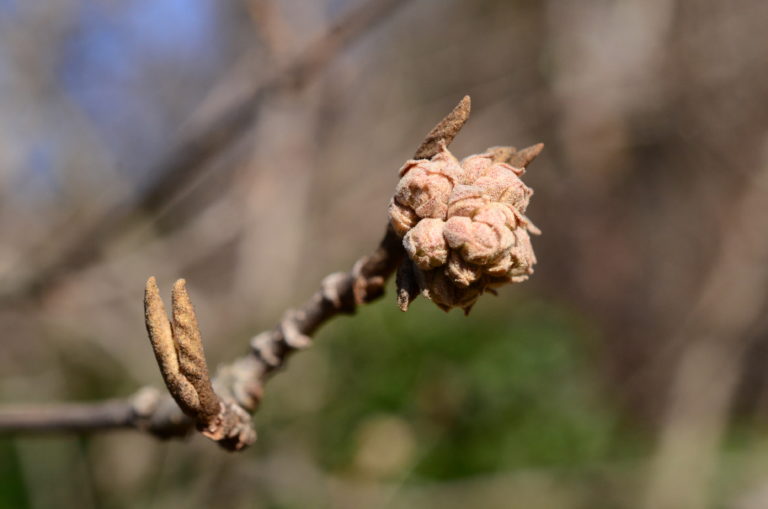
Viburnums of all species have clearly separate leaf and flower buds. With a mummified appearance, immature leaves and flowers lay in wait for warmer temperatures. Without scales to protect them these buds lack moisture in their tissue, which helps them survive winter. You can’t freeze if there is nothing there to freeze!

As the temperature warms up, both water and nutrients will flow up into the canopies of trees and shrubs. This resurgence triggers bud break...or maybe it’s the other way around: bud break pulls nutrients up from the roots. Scientists haven’t reached a unanimous consensus. One way or another, bud scales will be shed this spring as leaves and flowers emerge. It’s a beautiful moment that’s so easily missed. I hope this love letter inspires you to slow down and take in these details.
Jess Brey,
Ruth Rea Howell Senior Horticultural Interpreter
